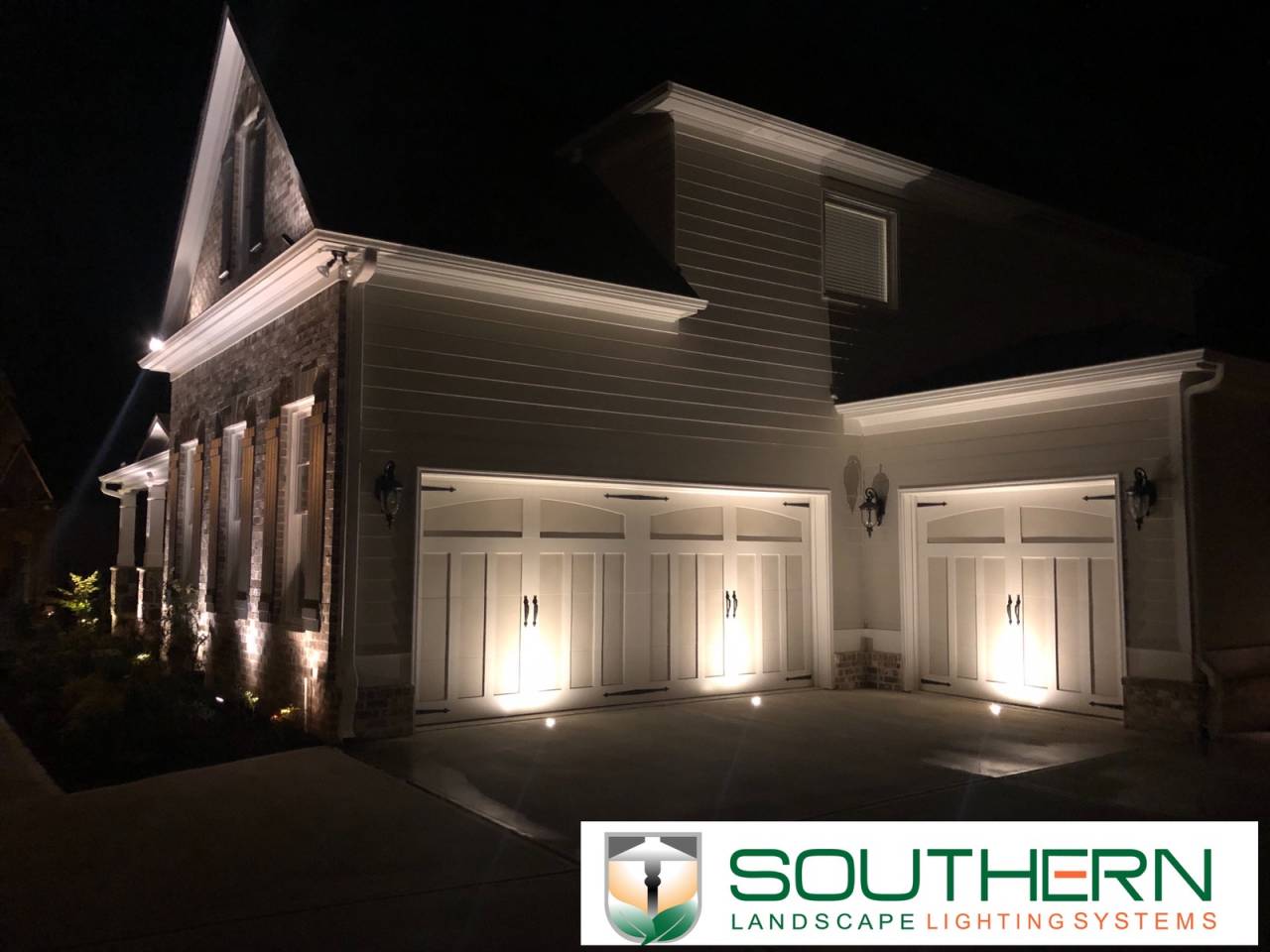When a homeowner Illuminates their residence for the first time with low voltage LED lighting, it not only transforms how they see their home, but it also transforms how they experience it. The leap from obscurity to brilliance can be breathtaking. However, going from darkness to light or unseen to see is not enough. The way the home is lit can enhance beauty, create drama, and evoke the mood. Lighting can also enable the homeowner to use and enjoy their outdoor living space after dark.

The homeowner must be aware of lighting design traps. Before starting a landscape lighting project, be careful to avoid the following mistakes:
- Do Not Fixate on the Fixtures. Focus on Light.
Visualize what will be illuminated, how it will be seen at night, and the impact the lighting will have on what is illuminated. Focus on the light. The bulb inside the fixture does all the work. The focus of the design should be determining how to best manage the light in order to capture different elements.
It may sound strange, but it is common sense. The emphasis should be on what the light contributes to the scenery, not the fixture. It can be an enjoyable challenge to wrestle with what functions different fixtures will perform, how the fixtures will look aesthetically, and which mounting and installation options to choose.
A novice will make this mistake and waste untold hours only to achieve a subpar result. Avoid the trap of getting consumed with designing with fixtures.
The homeowner should ask two important questions:
- What is to be illuminated?
- Which fixture will best create the desired effect?
- Do Not Over Illuminate.
A common mistake is to illuminate everything, but assuming everything needs to be lit is a mistake. A solid lighting design creates both shadows and light, and a beautiful landscape lighting design balances both light and shadow. Landscape lighting is the art of painting with light, shadows, and darkness.
- Light Trees Properly.
Tree lighting requires some forethought about the number of fixtures and their placement. For example, when placing fixtures, account for the growth of the tree. A fast-growing tree can quickly overwhelm a fixture placed too near it.
Viewing angles on tree-like spruce or a river birch need some thoughtful consideration. A large, wide tree likely will need more than one fixture to capture it. Adding a second fixture to brighten a tree ignores other options. Adding a second fixture to ensure the light is more fulfilled is a worthy option.
- Choose the Correct Beam Angle and Lumen Output.
The different lumen outputs and beam angled lamps can create some fabulous projections. Avoid using one lamp for every application. Fit the light to what it is being captured. For example, using a softly diffused lamp to light a majestic, ancient oak tree is a fail. Using a lamp with a 500-lumen output to light a small ornamental tree makes no sense either.
- Avoid Light Trespass.
A good example of light trespass is when landscape lighting disturbs, distracts, or annoys the neighbors. A considerate lighting design illuminates the homeowner’s residence and landscape, not the neighbor’s. Unwanted light shining nightly into the neighbor’s windows can cause relational tension. Proper fixture selection, placement, and aiming can prevent light trespass from happening. Analyze viewing angles. Is the lamp glare visible from the road?
Rotating the protective shroud on fixtures will afford more control over where light is being directed. If light is throwing a glare into an undesirable location, turning the shroud until the light can no longer be seen should resolve the issue. Careful consideration of light trespass will ensure that everyone, including the neighbors, enjoys the landscape lighting.

Conclusion
Before installing the first fixture, discover the distinct beauty and purpose of every landscape scene. Come up with a plan that embraces these discoveries. Landscapes, even simple ones, have a balance and theme that unify the design. Failing to achieve balance in the design and application will communicate confusion. A cohesive plan will guide the selection, placement, and aiming of fixtures. The result will provide a satisfying visual experience. In many regards, the installation is more straightforward than the formulation of a cohesive, functional plan. Consulting a professional landscape lighting expert could be the best decision a homeowner could make when seeking to illuminate their home and outdoor living space.
For more information about landscape lighting design, contact Southern Landscape Lighting Systems of Acworth at (678) 324-6842.
